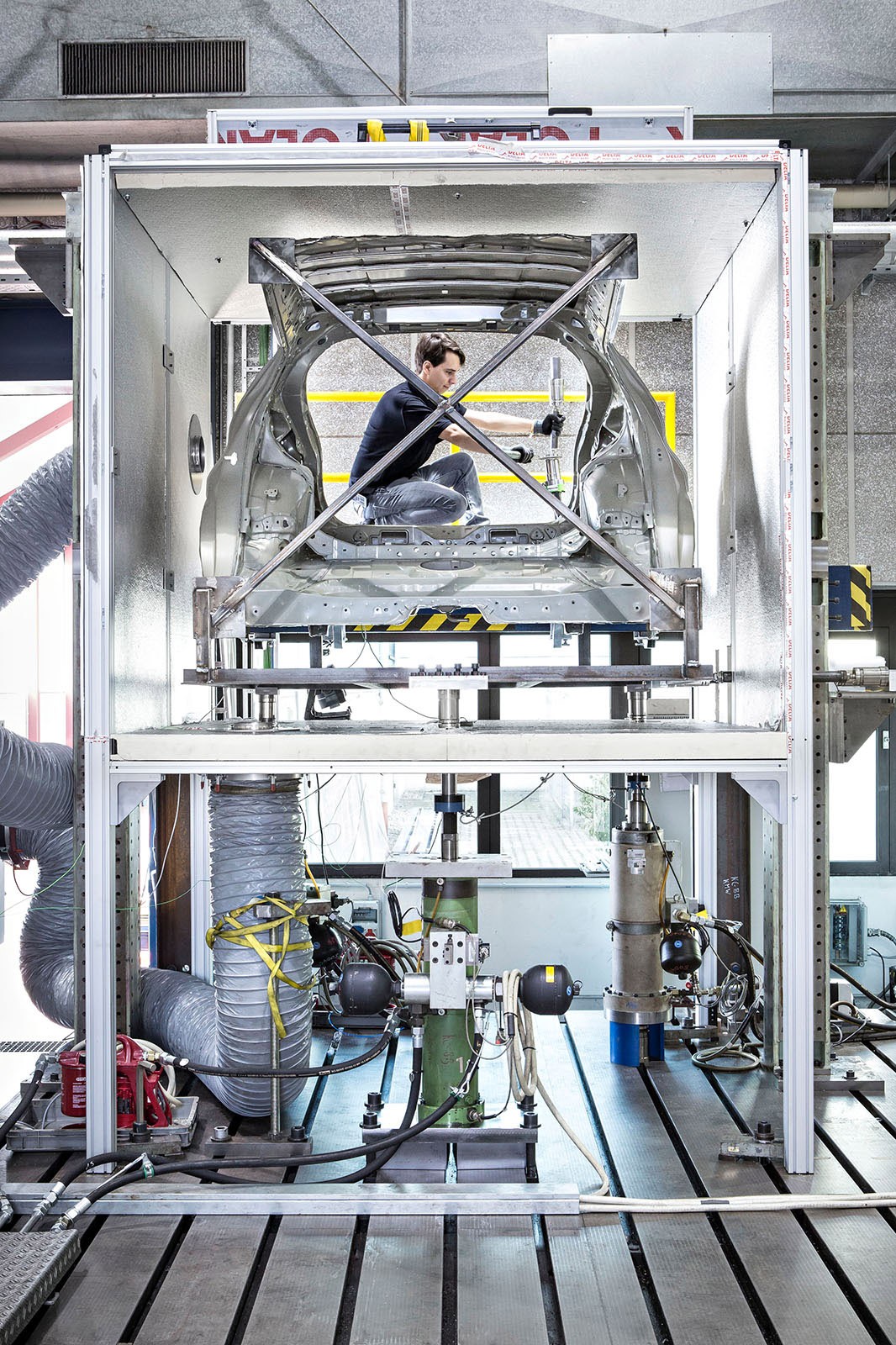
A new consortium led by the Fraunhofer Institute and Daimler has developed a way of building auto components that are up to 33% lighter at a lower cost than other lightweight parts.
The consortium’s ALLIANCE project, funded by the EU, involved the development of a streamlined parameterized model of an auto part which made it possible for researchers to more easily improve the components’ weight, wall thickness and natural frequencies. According to professor Thilo Bein, head of knowledge management at Fraunhofer LBF, the multi-parameter improvement could be used both at the early conceptual phase and later when detailing the design.
‘Together, we were able to establish that cost-effective lightweight design is feasible,’ added Bein. ‘We managed to make individual components more than 30% lighter, thereby reducing their share of CO2 emissions by 25% – with per-component costs increasing just €2.67 per kilogram-saved on average, which is acceptable for automakers.’
The ALLIANCE project also reportedly focused on joining methods, with the aim of connecting lightweight components in a more secure and firm manner. The researchers say that they were able to identify 14 different suitable joining processes.
This story uses material from Fraunhofer, with editorial changes made by Materials Today. The views expressed in this article do not necessarily represent those of Elsevier.

